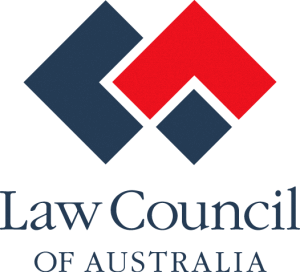- TAX LAWYERS, TAX ADVISORY, TAX COMPLIANCE, EXPATS - SYDNEY, BRISBANE, MELBOURNE, CANBERRA
- 1300 334 518
- admin@waterhouselawyers.com.au
The rate of the ATO’s general interest charge
Tax Debt
The rate of the ATO’s general interest charge

Recent general interest charge rates
In recent times, the rate has hovered around 7 to 9%:
| Quarter | Annual rate |
| October – December 2022 | 9.13% |
| July – September 2022 | 8.00% |
| April – June 2022 | 7.07% |
| January – March 2022 | 7.04% |
| October – December 2021 | 7.01% |
How the general interest charge rate is calculated
The ATO is not responsible for coming up with the rate of the general interest charge. Instead, there is legislation which sets out how to calculate the rate each quarter.
It’s not the most straight forward calculation. But that’s okay because it’s not up to us taxpayers to calculate it.
The basis of the general interest charge rate is the average 90 day Bank Accepted Bill rate. The Reserve Bank of Australia publishes this rate. That rate is then increased by 7%.
So, if the average 90 day Bank Accepted Bill rate is 2.5%, the general interest charge rate will be 9.5% for the next quarter.
The reason for using the 90-day Bank Accepted Bill is that it reflects movements in the overall profile of interest rates in Australia. This makes sure that the general interest rate reflects commercial reality.
The increase of 7% is there to make the general interest rate high enough to encourage the payment of tax when it’s due.
Is the GIC rate fair?
In the past, Parliamentary Committees have looked at whether this 7% increase is fair.
The outcome of those enquiries was that the 7% increase should remain. The main reason for this was that the increase reflected the purpose of the general interest charge. That purpose is to ensure that taxpayers who don’t pay their tax on time do not receive a financial advantage over those who do pay on time.
As such, the general interest charge is deliberately higher than a home mortgage rate. This is because, unlike a home loan, there is no application process or security provided on an unpaid debt. If the general interest charge were lower, unpaid tax could be used as ‘cheap finance’ by taxpayers. This would serve as a disincentive to pay tax on time, which is not what the government wants.
However, the high rate of the general interest charge can still be unfair for some taxpayers. For example, those who have suffered through a natural disaster (such as a flood or bushfire) may not be in a position to pay their tax on time. This potential for unfairness is recognised in other areas of the tax law, which allows the ATO to remit the general interest charge for taxpayers who meet certain criteria.
RELATED ARTICLES:
Credentials
Recognition




